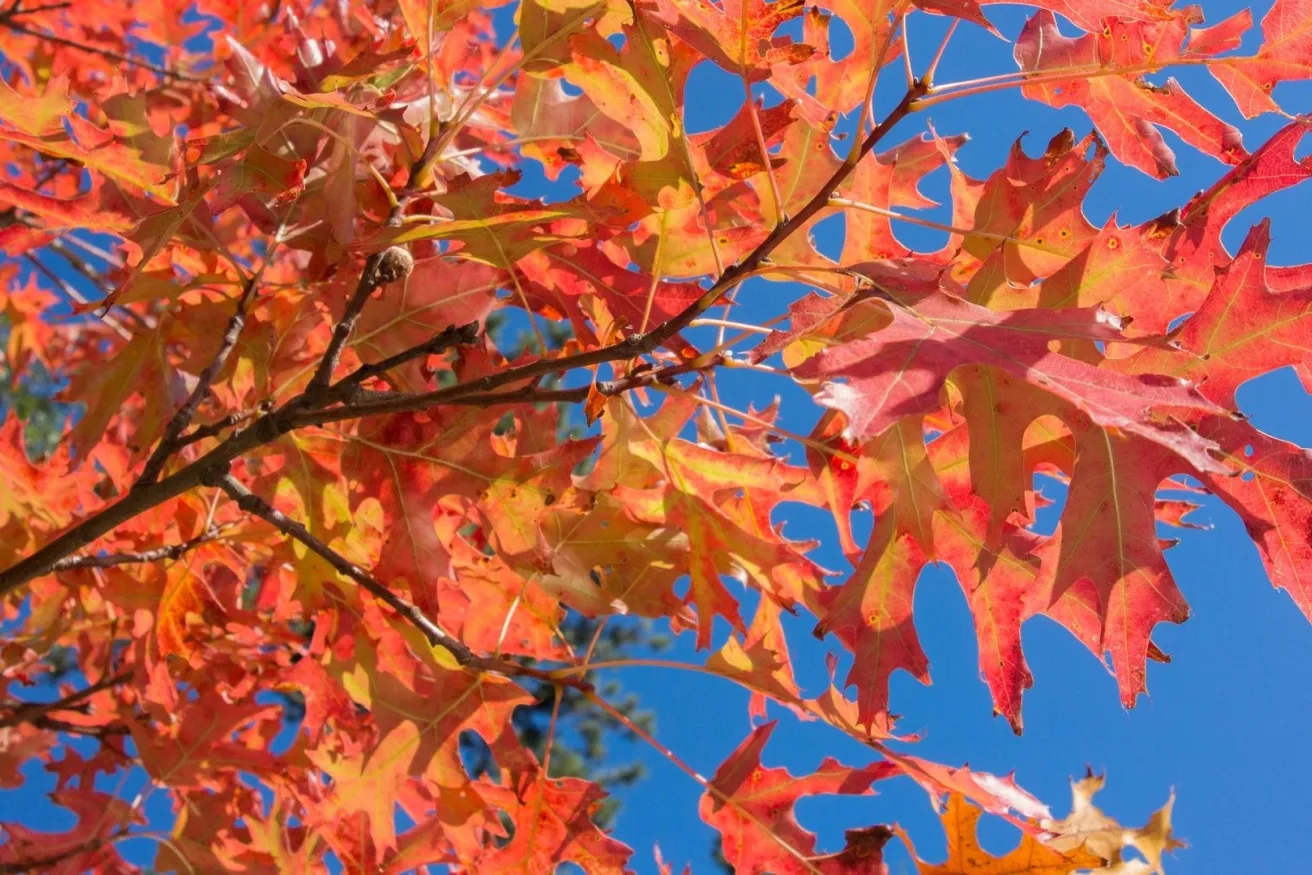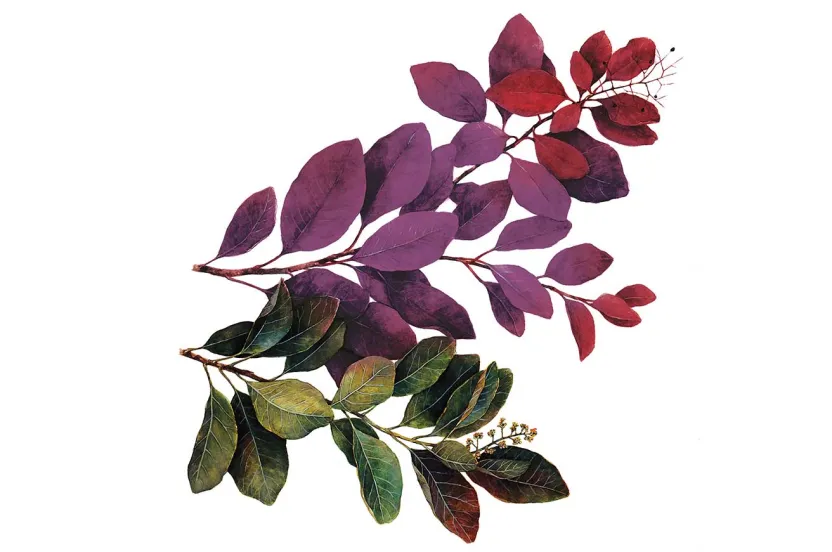Now live: The 2025 Canopy Report. Learn how Americans see trees. GET THE REPORT
Quercus palustris
The pin oak pleases me for reasons I cannot wholly explain.
— Hal Borland, A Countryman’s Woods
The pin oak is the type of tree that stands out from its neighbors. Pin oak is not the largest of forest trees, but its distinctive branching pattern sets it apart from other oaks. The pin oak has a single, central trunk that rises from the ground to the tip of the tree. Upper branches are upright, middle ones horizontal and its lower limbs slant gracefully toward the ground.
Its Latin name palustris means “of the swamp,” a reference to the tree’s ability to thrive in heavy soils on moist bottomlands. In the wild, the lower branches of the tree are often shaded by other trees, eventually splitting from its crown and leaving pin-like stubs.
The pin oak has also become a popular street and park tree. interestingly, the same traits that led to its popularity have the potential to lead to its downfall. Its fast growth, pyramidal shape, wide tolerance to growing conditions, and free from disease made it one of the most planted trees in urban landscapes, however its lower branches can be a hindrance if not properly pruned and maintained.
In the landscape
The pin oak does well as a shade tree when planted in the right place. It’s easier to transplant than other oaks because of its shallow tap root. It does not however do well in alkaline soils (hardiness zones 4-8). It reaches up to 70 feet in urban settings and can tolerate soil compaction and air pollution. The pin oak has great fall color, turning russet, bronze, and red.




